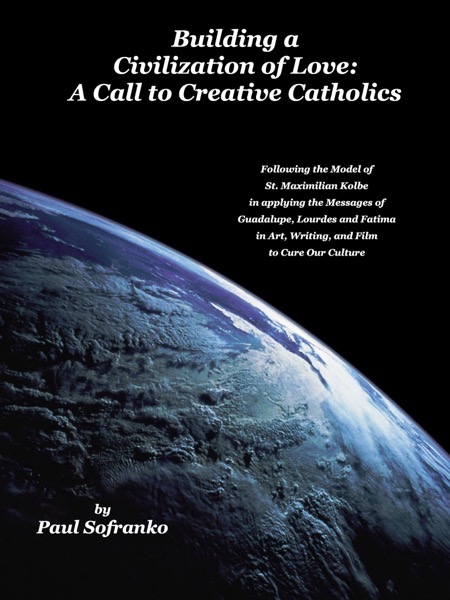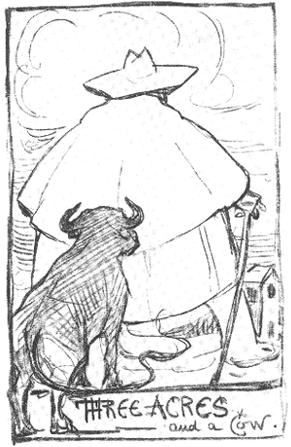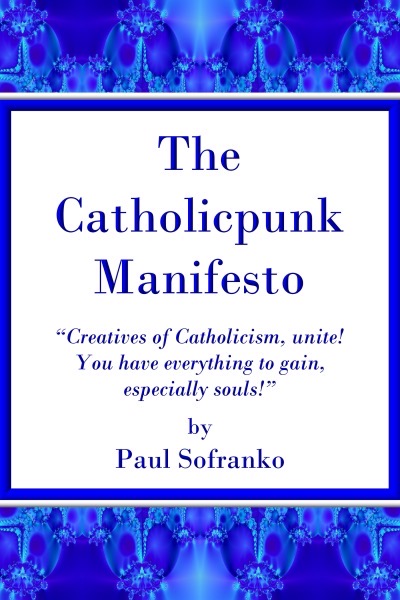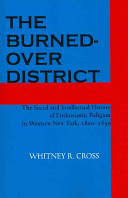There are no temples in Heaven, not now, nor after the Second Coming and Resurrection of the Dead. This serious beginning belies a fanciful development.
Revelation 21:22 – “And I saw no temple in it. For the Lord God Almighty is its temple, and the Lamb.”
(Via Catholic Public Domain Version of the Sacred Bible.)
Why do I bring this up? Why, because today is St. Patrick’s Day. Although his feast day has no real connection in and of itself to the afterlife (apart from being the day of his death and entry into Heaven) it sparked a certain nostalgia for me because as it is St. Patrick’s Day, I am wearing a hoodie sweatshirt emblazoned with “St. Patrick’s School” across the front. That school was my elementary and junior high (middle school in some places) when I was a kidlet in Oneida, New York, USA . My Mom bought the hoodie for me at a Knight’s of Columbus Breakfast back home, about 20 years ago.
In my nostalgia, I thought about the long number of years that parish has been around (mid-19th Century) and of all the people who have been members. Those dead, those currently living, and perhaps those yet to be born.
Now I start to get fanciful.
I often think about what Heaven (the post-Resurrection version) might be like. Whatever form the “New Earth and a New Heaven,” might actually take, I like to think of Heaven as a place where all the Saved, regardless of the times they had lived in, can meet and come together in whatever manner and capacity that we would have. I think that is interesting, that we will no longer be separated by space and time. No longer restricted to the time we were born in, we might be able to see Earth as it was long ago, or far ahead. How else would everyone be able to fit? 😉 People can move in time as well as space, and with the eternal nature of time, cause and effect may be meaningless.
We can meet those who didn’t live during our time on Earth, centuries ago and centuries hence. Since time is different in Eternity, we can see Earth in various periods. Earth could be like it is now, albeit good and pure and everlasting. For example, one might travel to the space corresponding to Germany, in the time corresponding to the early 1940s, but the horror will not be there. A pure and paradisiacal 1940s Germany, stripped of the Nazi evil, would be that corner of the “New Heaven and the New Earth.” “All things are made new.”
Many of the Scriptural images of Heaven depict it as a feast. A wedding feast or other some sumptuous banquet. This next part may be even more fanciful, but the sentimental and nostalgic side of me thinks that while many things may be “made new again” in Heaven, what will become of the churches that once were? Churches, temples, and such have always been a part of human communities. Obviously there is no need for temples in Heaven, as we will be in the presence of God and can worship Him directly. Heaven itself is the temple. Here’s the potentially fanciful thing: I think that churches, and other places of worship, will be the “banquet halls,” where many of the feasts take place. Imagine that: you’re in Heaven, and dining at a feast. The “dining hall” you’re in corresponds to where your childhood parish was, or the parish you shared in adulthood with your spouse and children, only since it no longer serves as a temple of worship, it now serves as that place where all who were ever members of it can dine together. Across the generations and even centuries of time, all can continually meet and dine together in one continuous banquet. Come and go as you please, there will always a table, never any waiting.
Thoughts of Heaven comfort me.
The book, A Travel Guide to Heaven, by Anthony DeStefano, influences my thoughts. It comforted me greatly in the trying times after Mom’s death.
NOTE: This is a “retropost,” a post from an old blog I wrote on “The Four Last Things: Death, Judgment, Heaven (& Purgatory) and Hell” that I shuttered a few years ago. Individual posts are being transferred to either In Exile or Sober Catholic, whichever seems appropriate. Some are backdated, others postdated, in case you’re confused as to why you never saw a particular post if you’re a diligent reader. The process should be completed by early 2022.
Are you a creative Catholic? ""Building a Civilization of Love: A Call to Creative Catholics," is my new book exhorting Catholics to apply their faith to change the culture for the better!
Know someone who is an alcoholic or addict?
"The Sober Catholic Way" helps Catholics by describing the many ways in which their faith can assist in maintaining sobriety, and is a basic handbook on how anyone can live a sober life. . (Thank you!!)
Like this:
Like Loading...


 My new book, inspired by St. Maximilian Kolbe and my way of working out Total Consecration to Mary, is now available in paperback through Amazon! Some of you were waiting for this! (Thank you in advance!)
My new book, inspired by St. Maximilian Kolbe and my way of working out Total Consecration to Mary, is now available in paperback through Amazon! Some of you were waiting for this! (Thank you in advance!)
